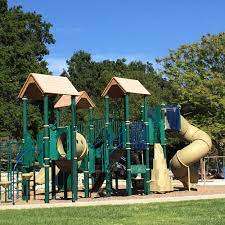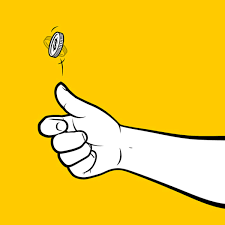When I first started as an elementary school teacher working with children over 20 years ago, I quickly learned that one of the hardest things to do is to teach children how to problem solve on the playground.

In the early part of my career, the easiest way for me to do that was to solve their problems for them. While that may have been good for the elementary school students, it wasn’t for me because it wasted my time.
Elementary School teachers can learn from my experience. If you make yard games a part of your lesson for at least the first week that kids are back at elementary school, you will find the rest of the day easier to teach.
While none of these methods are innovative, I do know that they work, because as soon as I implemented these techniques for just one week I went from being exhausted on the yard by Thursday to feeling more energized throughout the week.
Kids should try to see if they can problem-solve and talk things out on their own at least once. If they can’t and they need more tools. Teachers and kids should try one of these games:
3 Games Teachers Can Use to Help Kids Problem Solve on the Playground
Rock, Paper, Scissors

In this game, participants battle with hand signals of either “rock,” “paper,” or “scissors,” and the most powerful hand signal wins. (This game should always be your first choice because most children already know how to play it)
What I found is that the elementary school students would bend the rules in order to win. Here are some examples:
- Keep their hands in front of them instead of behind their backs
- Waiting to see which sign their opponent chose first
- Have a third person (a “spy”) to tell them what the sign was going to be
I decided to tweak it and came up with two changes that worked for me:
- Children should keep their hands just above their waist in front of their bodies and visible instead of behind them so that they cannot keep changing their signs.
- A yard monitor makes sure the game play is fair.
Pick a number between 1-10
The teacher monitors that the numbers are in the range and also that kids do not change their number during game play.
Flip a coin

This game will only work if there is an adult nearby who does not mind lending a coin. Children should not use their own money for this game so that they are not attached to it.
The adult picks up the coin after it has been flipped because I have found that if the kid picks it up, they might turn it to their chosen side. This game is very effective because the kids have to ask an adult for the coin and, in some ways, going to ask an adult for a coin breaks up the tension among participants.
Frequency and Timing for Using the Games
Normally, using these games is something I would suggest doing at the start of the year or whenever you are returning from a longer, holiday break. I would encourage all teachers to talk with your students about these methods on the first day that they return. Teachers need to be able to repeat these games over one week at least for it to work. It should be part of their lesson plan and planned for before the kids go outside to the yard.
Teachers will have more time to prepare their lessons and more overall energy to take care of themselves so they can support their students. These techniques teach kids empathy by showing them how to listen to each other and to think about what they are going to say before speaking.
Kids might not always follow the rules, but if periodically they’re encouraged to play fair on the playground their teachers will have more time to teach instead of addressing yard issues that end up in the classroom.